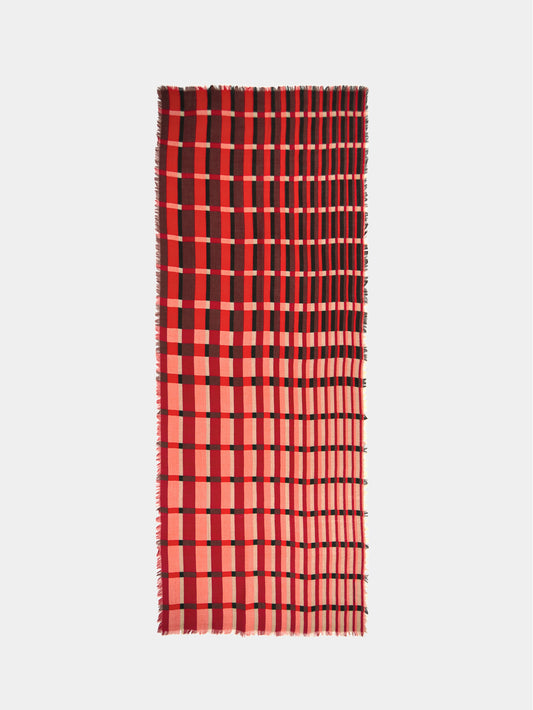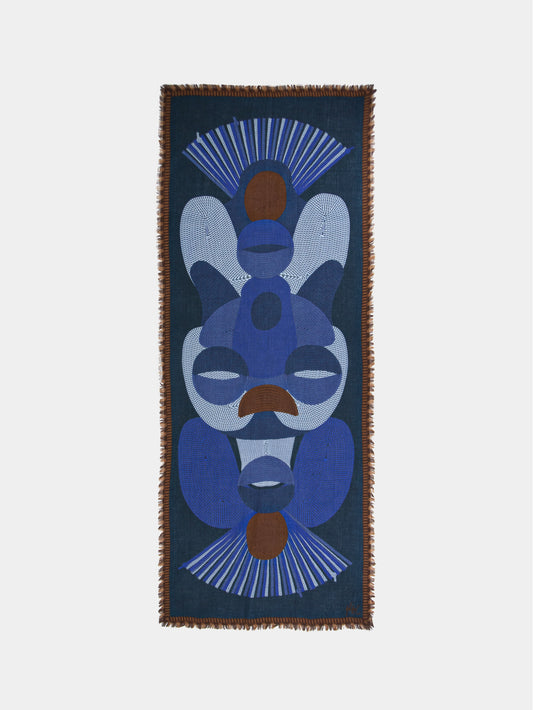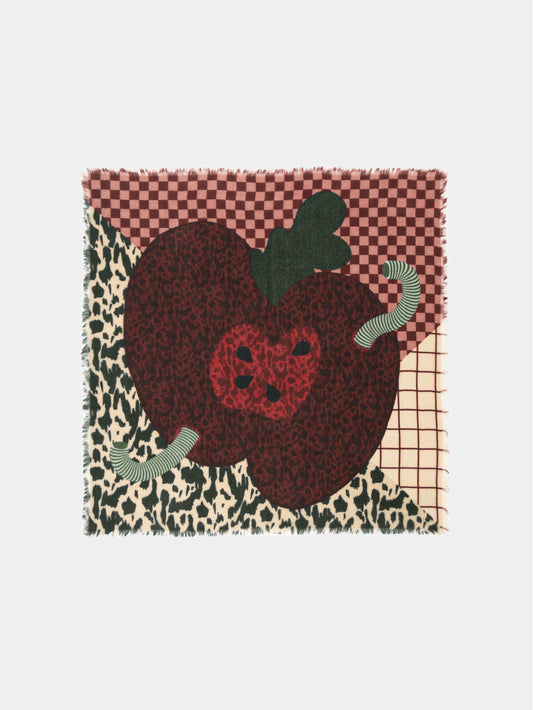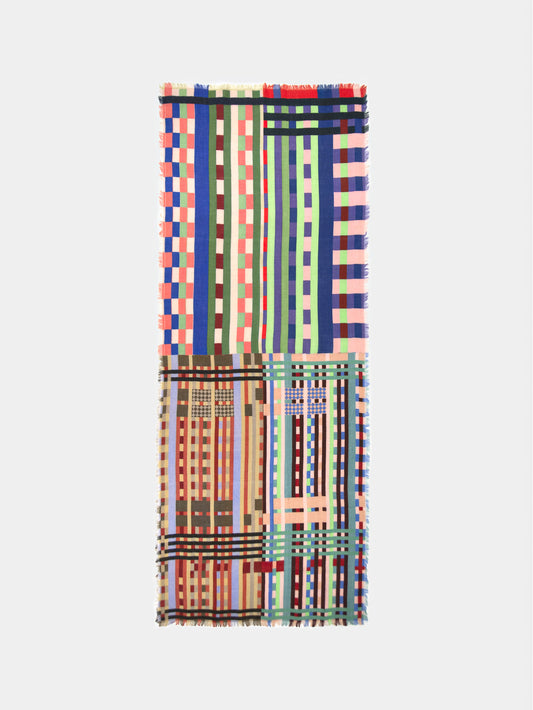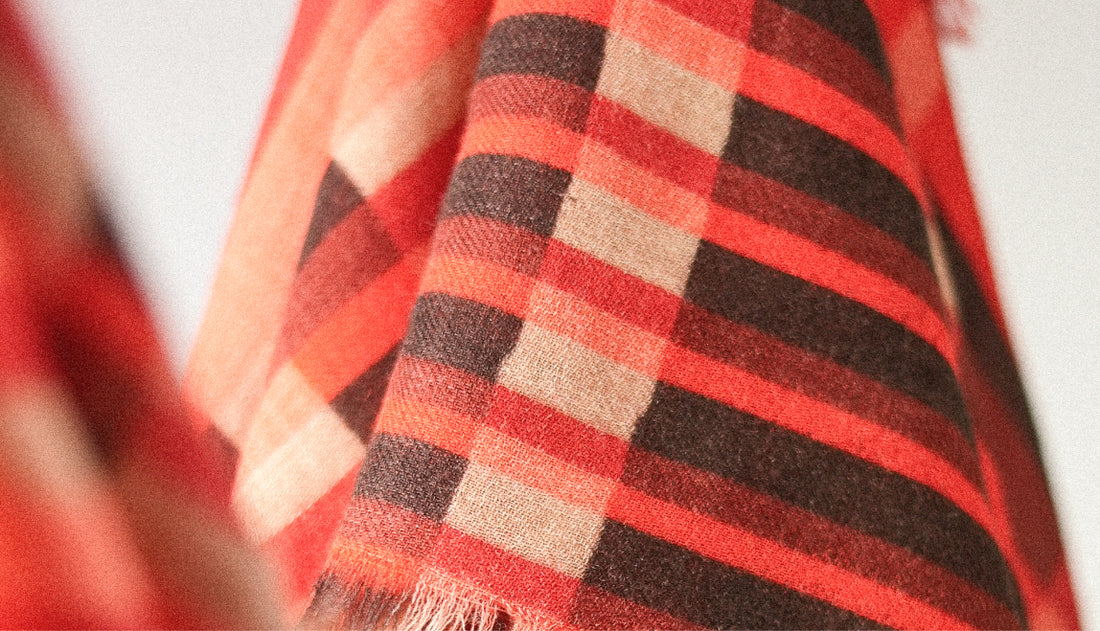
Why Choose 100% Wool Scarves Over Synthetic Non Sustainable Alternatives?
Share
When it comes to scarves, not all fabrics are created equal. While synthetic options may seem convenient or affordable, nothing compares to the timeless quality, comfort, and benefits of 100% wool. From durability to sustainability, wool scarves are a superior choice for anyone seeking style, warmth, and value. Here’s why wool deserves a spot in your wardrobe over synthetic alternatives.
1. Superior Warmth and Comfort
Wool is nature’s ultimate insulator. Its unique fibers trap air, creating a natural barrier against the cold, keeping you warm even in the harshest winter conditions. Unlike synthetic materials, which can feel stiff or itchy, wool scarves are incredibly soft and cozy.
Synthetic scarves, often made from polyester or acrylic, can leave you feeling clammy because they lack the breathability of wool. Wool regulates temperature, ensuring you stay warm without overheating.
2. Breathability and Moisture Management
Wool has remarkable moisture-wicking properties. It can absorb up to 30% of its weight in moisture without feeling damp, which helps keep you dry and comfortable. This is especially useful in unpredictable weather when you may face rain, snow, or fluctuating temperatures.
In contrast, synthetic materials tend to trap moisture against your skin, leading to discomfort and even odor. Wool’s natural ability to manage moisture gives it a distinct advantage for all-day wear.
3. Longevity and Durability
Investing in a 100% wool scarf means you’re choosing a product that’s built to last. Wool fibers are incredibly strong and resilient, maintaining their shape and integrity even after years of use. With proper care, a wool scarf can be a lifetime companion, becoming softer and more luxurious over time.
Synthetic scarves, on the other hand, often degrade quickly. They are prone to pilling, tearing, and losing their form, meaning you’ll likely need to replace them sooner, making them less cost-effective in the long run.
4. Eco-Friendly and Sustainable
Wool is a renewable and biodegradable resource, making it an eco-friendly choice for environmentally conscious shoppers. Sheep naturally produce wool annually, and the fiber decomposes into the soil, enriching it without leaving a lasting footprint.
Synthetic materials like polyester and acrylic are derived from petroleum, contributing to pollution and environmental degradation. Additionally, synthetic fibers shed microplastics during washing, which pollute waterways and harm marine life.
By choosing wool, you’re supporting a more sustainable fashion industry and reducing your impact on the planet.
5. Hypoallergenic and Odor-Resistant
Wool has natural antimicrobial properties that prevent the growth of bacteria, which means your wool scarf will resist odors and stay fresher for longer. It’s also hypoallergenic, making it a great option for those with sensitive skin.
Synthetic scarves, by contrast, can retain odors and may cause irritation for some individuals, especially if treated with chemicals during production.
6. Timeless Style
There’s something inherently luxurious and timeless about a 100% wool scarf. Whether it’s a classic neutral tone or a bold pattern, wool scarves elevate your look effortlessly. They drape beautifully and add a touch of elegance to any outfit.
Synthetic scarves often lack the premium feel and refined appearance that wool naturally provides, making them less versatile for styling.
7. Versatility in All Seasons
While wool is often associated with winter, it’s a highly versatile fabric suitable for all seasons. Lightweight wool scarves can provide sun protection in summer and a touch of warmth on cool spring evenings. Synthetic scarves, however, tend to be less adaptable, often feeling too hot or not warm enough, depending on the season.
How to Spot a 100% Wool Scarf
When shopping for a wool scarf, check the label to ensure it’s 100% wool rather than a blend with synthetics. Look for certifications like Woolmark for authenticity. Additionally, perform a touch test—genuine wool should feel soft, not plasticky or overly smooth.
Final Thoughts
Choosing a 100% wool scarf isn’t just about keeping warm—it’s about embracing quality, sustainability, and style. While synthetic alternatives may have their place, they simply can’t compete with the many benefits that wool provides.
Ready to upgrade your wardrobe? Explore our collection of unique 100% wool scarves and experience the difference for yourself.

